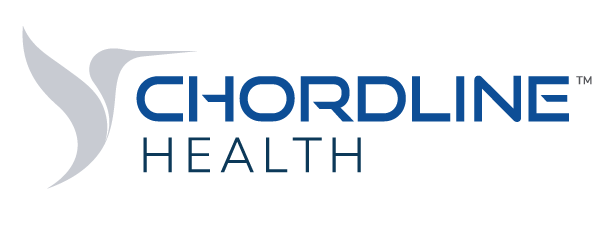Taking a Lead Role in Addressing SDOH Starts with Actionable Data
More than half of healthcare finance execs believe healthcare organizations should take a primary role in addressing social determinants of health⁽¹⁾ (SDOH). But while these organizations sit on mountains of data, they struggle with leveraging it to gain a big-picture view of their members social needs and respond in ways that improve population health.
Key to success: the ability to integrate analytics with SDOH data capture and present this data view to clinicians directly within their workflows to facilitate impact.
Better Population Health Analytics Matter
Today, 52% of adults have at least one SDOH risk factor⁽²⁾, according to a recent study by UnitedHealthcare and the Health Action Council. And while it’s no surprise that those in underserved communities face higher rates of mortality than those in the “healthiest” states, patients with certain chronic conditions also feel the impact of SDOH more intensely. Adults with diabetes, for example, recorded even higher rates of food insecurity than most members. That’s disturbing given the potential for food to serve as medicine⁽³⁾ for blood sugar control.
Yet health systems and health plans struggle with inconsistent approaches to SDOH data capture. And even when they do have access to data regarding a community’s SDOH risk factors, they lack the population health analytics to dig deeper. It’s a capability that is crucial to determining where to devote limited resources for improved outcomes and health equity.
Just as important: SDOH insights must be available directly within clinicians’ workflows to deepen a health plan or health system’s impact.
Creating a Bigger-Picture View for Maximum Impact
At Chordline Health, we’ve found that making a deep impact in addressing the social determinants that impact population depends on three key factors:
Data analytics that point the way forward for better population health. Access to SDOH data matters little if organizations can’t use it to pinpoint where the greatest needs exist and design a plan for better outcomes at reduced cost. It starts with the ability to incorporate data from a wide range of sources, from EHRs to social service agencies and community-based organizations—no easy task, given that these data come from multiple systems and in multiple forms. Once these data “speak the same language,” advanced population health management software provides a next-level view. The right managed care platform will empower clinicians to identify risk areas at the individual and community level and elevate clinicians’ ability to respond in the right ways at the right time.
Seamless access to the information clinicians need most. Intuitive dashboards that put population health data at clinicians’ fingertips, directly within their workflows, make it easy for clinicians to spot trends that prompt cause for concern. They also deliver actionable data that clinicians understand at a glance, from insight into healthcare utilization trends to information regarding pharmacy utilization over a 12-month period. Want to know the top 10 drugs prescribed to a given population? The best dashboards display not only this information, but also insight into the lead indicators for unexpected pharmacy costs. They can also leverage predictive analytics to project risk by population and by member—and offer insight into right-now actions that could make a difference.
The ability to compare health risks against similar populations. At Chordline Health, our ability to link SDOH data with a predictive modeling program designed by Johns Hopkins gives clients access to a regional and national view into health risks. With this information, health systems and health plans can evaluate where they stand when it comes to the health of their population and their ability to mitigate risk. They can also leverage learnings from peers on ways to strengthen support for better health.
To find out more about how to improve SDOH data capture, analytics and response for healthier communities, contact us.
References:
(1) hfma.org - Article: Hospitals and health systems are still trying to figure out their role - Read now »
(2) healthactioncouncil.org - Article: New White Paper Marks a Turning Point in Employee Health - Read now »
(3) jamanetwork.com - Article: Effect of an Intensive Food-as-Medicine Program on Health and Health Care Use - Read now »
